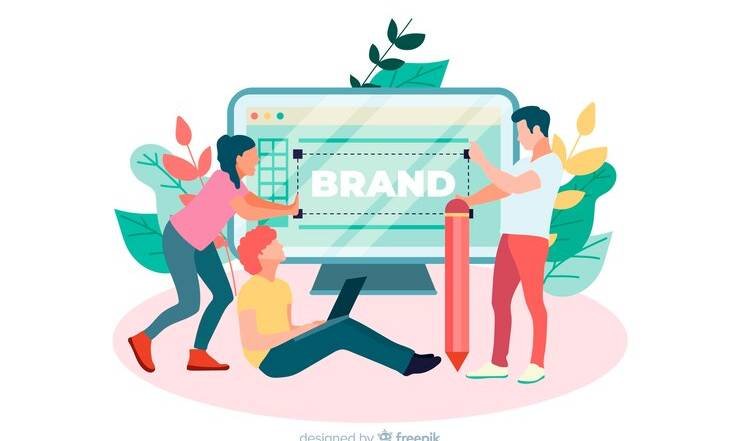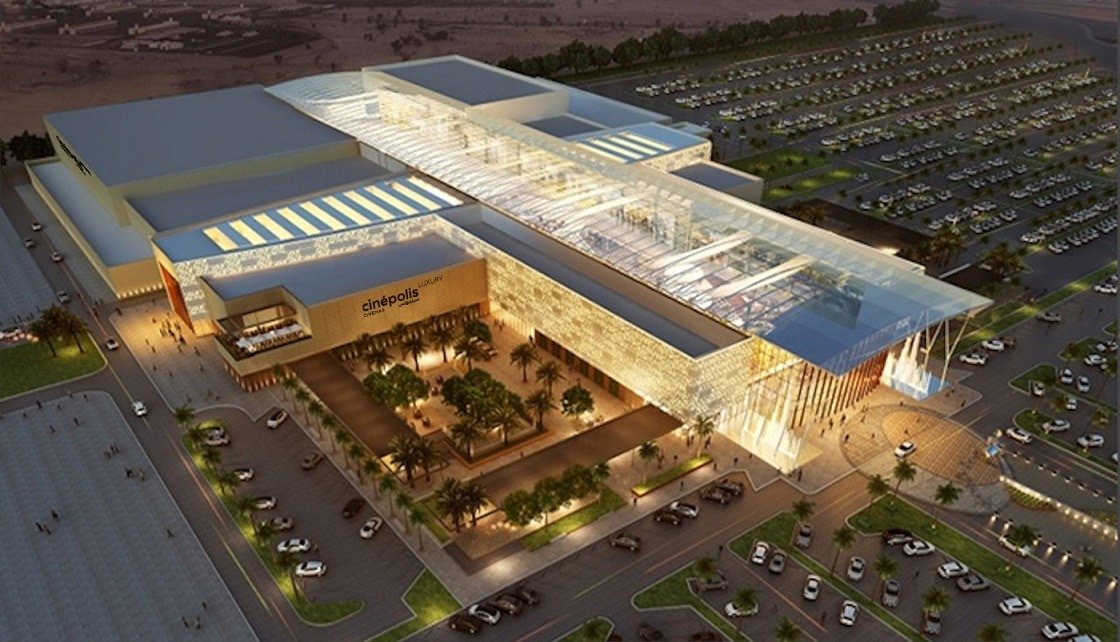How 2D Animation Can Transform Brand Identity

In today’s fast-paced digital world, brand identity is more crucial than ever. Companies strive to create memorable and impactful impressions on their audiences, and 2D animation has emerged as a powerful tool in this quest. By leveraging 2D animation services, businesses can elevate their brand identity, making it more engaging, versatile, and memorable. This blog explores how 2D animation can transform brand identity and the role of transmedia storytelling in enhancing this transformation.
1. Understanding Brand Identity and Its Importance
Brand identity encompasses the visual elements, voice, and overall perception of a brand. It includes the logo, color palette, typography, and other design elements that contribute to the brand’s image. A strong brand identity helps a business stand out in a crowded market, builds trust with customers, and fosters brand loyalty.
2D animation can significantly enhance brand identity by adding a dynamic and engaging layer to a company’s visual and narrative elements. By incorporating animation into branding strategies, businesses can create a distinct and memorable presence that resonates with their target audience.
2. The Power of 2D Animation in Brand Identity
2.1 Enhancing Visual Appeal
2D animation brings static elements to life, making them more engaging and visually appealing. Animated logos, characters, and illustrations can capture attention and leave a lasting impression. For example, an animated logo can demonstrate the brand’s values or story, creating a more immersive experience for viewers.
2.2 Conveying Brand Personality
2D animation offers a unique opportunity to convey a brand’s personality and tone in a way that static visuals cannot. Whether a brand wants to project a playful, serious, or sophisticated image, animation allows for greater flexibility in expression. Animated characters or scenes can reflect the brand’s voice and values, helping to establish a strong emotional connection with the audience.
2.3 Making Complex Ideas Accessible
Brands often need to communicate complex ideas or processes to their audience. 2D animation can simplify these concepts through visual storytelling. For instance, an animated explainer video can break down intricate processes into easy-to-understand steps, enhancing the audience’s comprehension and engagement.
3. Implementing 2D Animation in Branding Strategies
3.1 Animated Logos and Mascots
An animated logo or mascot can make a brand more recognizable and memorable. For example, the playful animations of a brand’s mascot can bring a brand to life, creating a sense of familiarity and friendliness. Animated logos can also adapt to various platforms and contexts, ensuring consistency across different media.
3.2 Explainer Videos
Explainer videos are a popular way to use 2D animation to communicate a brand’s message. These videos can explain products, services, or company values in a clear and engaging manner. By incorporating branding elements into the animation, businesses can reinforce their identity while providing valuable information to their audience.
3.3 Social Media Content
Social media is a critical platform for brand engagement, and animated content can significantly boost interaction rates. Animated posts, stories, and ads can capture attention in crowded feeds and drive higher engagement. Regularly incorporating animated content into a brand’s social media strategy can help maintain interest and build a cohesive brand presence.
3.4 Website and App Animation
Animation on websites and apps can enhance user experience by making interactions more intuitive and enjoyable. Animated elements, such as buttons, transitions, and micro-interactions, can guide users through their journey, making the digital experience more engaging and aligned with the brand’s identity.
4. The Role of Transmedia Storytelling
4.1 What is Transmedia Storytelling?
Transmedia storytelling involves using multiple media platforms to tell a cohesive and engaging story. This approach leverages various channels—such as video, social media, web content, and print—to build a rich narrative experience. By integrating 2D animation into transmedia strategies, brands can create a more immersive and multi-dimensional identity.
4.2 Creating a Unified Brand Narrative
2D animation can play a crucial role in transmedia storytelling by providing a consistent visual and narrative thread across different platforms. For example, an animated web series can be complemented by animated social media content, branded merchandise, and interactive experiences. This unified approach helps reinforce the brand’s message and create a more cohesive and memorable identity.
4.3 Engaging Multiple Audiences
Transmedia storytelling allows brands to reach different audience segments through various media. 2D animation can cater to diverse audience preferences and interests, ensuring that the brand’s message is engaging and relevant across different platforms. By tailoring animation to different channels, brands can effectively reach and engage a broader audience.
4.4 Enhancing Emotional Connection
Animation’s ability to evoke emotions can be leveraged in transmedia storytelling to create a deeper emotional connection with the audience. Animated characters and stories can resonate on a personal level, making the brand’s narrative more relatable and impactful. This emotional engagement can foster stronger brand loyalty and advocacy.
5. Case Studies: Successful Examples of 2D Animation in Brand Identity
5.1 Case Study: Airbnb
Airbnb has effectively used 2D animation to enhance its brand identity. The company’s animated videos and illustrations capture the spirit of adventure and community, aligning with its brand values. The animation style is consistent across different platforms, reinforcing Airbnb’s identity and creating a cohesive brand experience.
5.2 Case Study: Dropbox
Dropbox’s use of 2D animation in its explainer videos has been instrumental in simplifying complex concepts and engaging users. The animation style reflects the brand’s playful and approachable personality, making it easier for users to understand and connect with the brand.
5.3 Case Study: Mailchimp
Mailchimp has successfully integrated 2D animation into its branding strategy by using animated characters and scenes to convey its message. The animation adds a fun and distinctive touch to the brand’s identity, helping it stand out in the crowded email marketing space.
6. Best Practices for Implementing 2D Animation in Branding
6.1 Maintain Consistency
Consistency is key to building a strong brand identity. Ensure that the animation style aligns with the overall brand aesthetics and messaging. Consistent use of colors, characters, and visual elements helps reinforce the brand’s identity and creates a cohesive experience.
6.2 Focus on Storytelling
Effective animation goes beyond visual appeal; it should tell a compelling story. Whether it’s through an animated explainer video or a social media post, focus on creating a narrative that resonates with the audience and reflects the brand’s values.
6.3 Adapt to Different Platforms
Different platforms have unique requirements and audience preferences. Tailor the animation to suit each platform while maintaining a consistent brand identity. For example, animations for social media may need to be shorter and more attention-grabbing, while website animations can be more detailed and interactive.
6.4 Collaborate with Professionals
Working with experienced 2D animation services can ensure high-quality and effective animation. Professionals can help bring your vision to life, providing expertise in animation techniques, storytelling, and branding.
7. Conclusion
2D animation is a powerful tool for transforming brand identity. By enhancing visual appeal, conveying brand personality, and making complex ideas accessible, animation can elevate a brand’s presence and impact. When combined with transmedia storytelling, 2D animation can create a rich and engaging brand narrative that resonates across multiple platforms.
To harness the full potential of 2D animation, businesses should focus on maintaining consistency, storytelling, and adapting to different platforms. Collaborating with professional 2D animation services can ensure that the animation aligns with the brand’s identity and achieves its goals.




